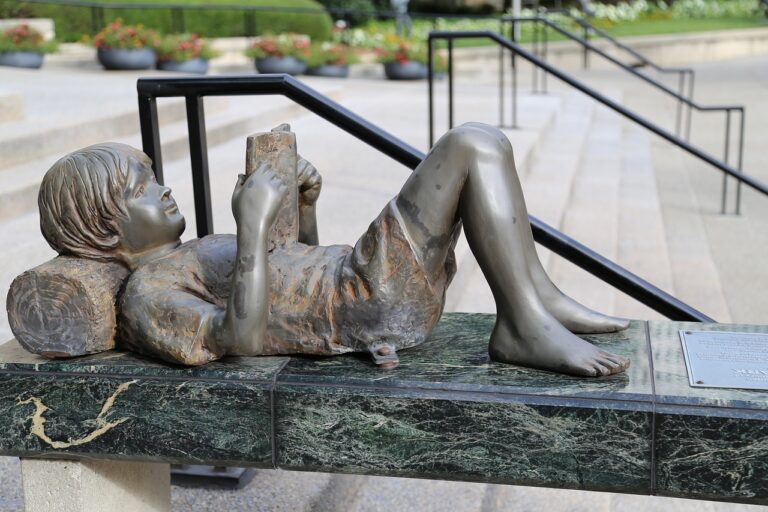Exploring Culturally Relevant Pedagogy: Meeting Students Where They Are
Culturally relevant pedagogy emphasizes the importance of incorporating students’ cultural backgrounds into the teaching and learning process. It acknowledges that students come from diverse cultural contexts and that these backgrounds play a significant role in shaping their identities and influencing their academic success. By understanding and incorporating students’ cultures into the curriculum, educators can create a more inclusive and engaging learning environment that resonates with the experiences and perspectives of all learners.
Central to culturally relevant pedagogy is the concept of cultural competence, which involves educators actively learning about and valuing the diversity of their students. This approach recognizes that cultural differences impact students’ learning styles, communication patterns, and ways of processing information. Culturally relevant pedagogy aims to bridge the gap between students’ home cultures and the school environment, fostering a sense of belonging and empowerment among learners. By embracing students’ cultural identities and incorporating them into the curriculum, educators can help students feel seen, heard, and respected in the classroom.
Understanding the Cultural Backgrounds of Students
When it comes to education, understanding the cultural backgrounds of students is a crucial aspect of effective teaching. Every student comes from a unique cultural context that influences their beliefs, values, and ways of interacting with the world. By taking the time to learn about and appreciate the diverse backgrounds of students, educators can create a more inclusive and welcoming learning environment.
Cultural background encompasses a wide range of factors, including but not limited to ethnicity, language, religion, traditions, and family dynamics. Recognizing and valuing the richness of these backgrounds can help educators better relate to their students and tailor instruction to meet their diverse needs. Additionally, understanding the cultural backgrounds of students can lead to increased empathy, respect, and appreciation for the unique contributions each student brings to the classroom.
Creating Inclusive Curriculum and Materials
In order to develop an inclusive curriculum, educators must take into account the diverse cultural backgrounds of their students. This involves recognizing the unique values, beliefs, and traditions that shape each student’s identity. By incorporating culturally relevant content into the curriculum, teachers can create a learning environment that is reflective of the experiences and perspectives of all students. This can help foster a sense of belonging and validation among students from different cultural backgrounds, ultimately leading to greater engagement and academic success.
In addition to content, educators must also consider the materials and resources they use in the classroom. It is important to select materials that are culturally diverse and representative of the students in the classroom. This can include books, videos, and other resources that showcase a variety of cultures and perspectives. By providing students with materials that reflect their own experiences as well as those of others, educators can promote inclusivity and respect for diversity within the learning environment.





